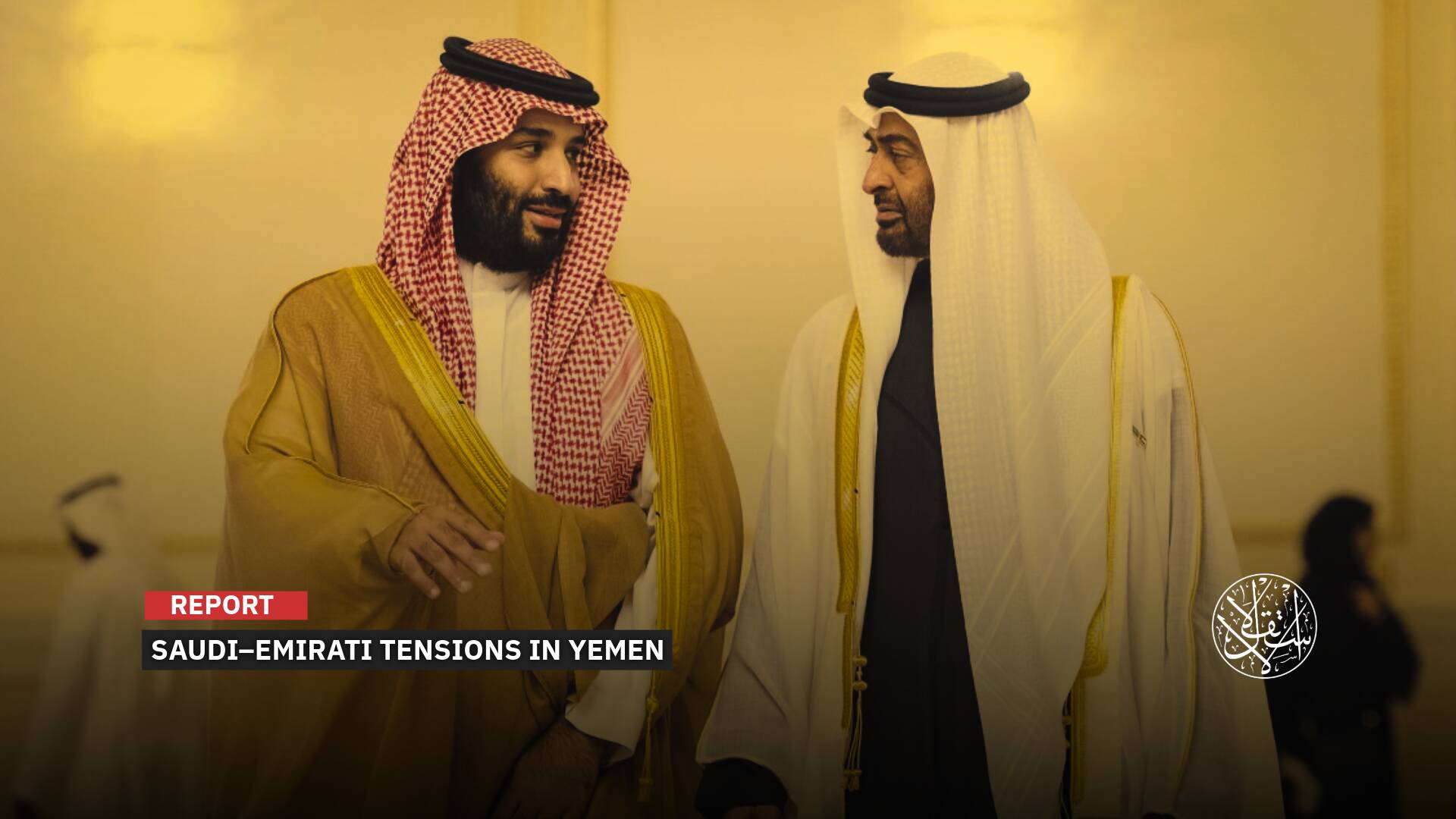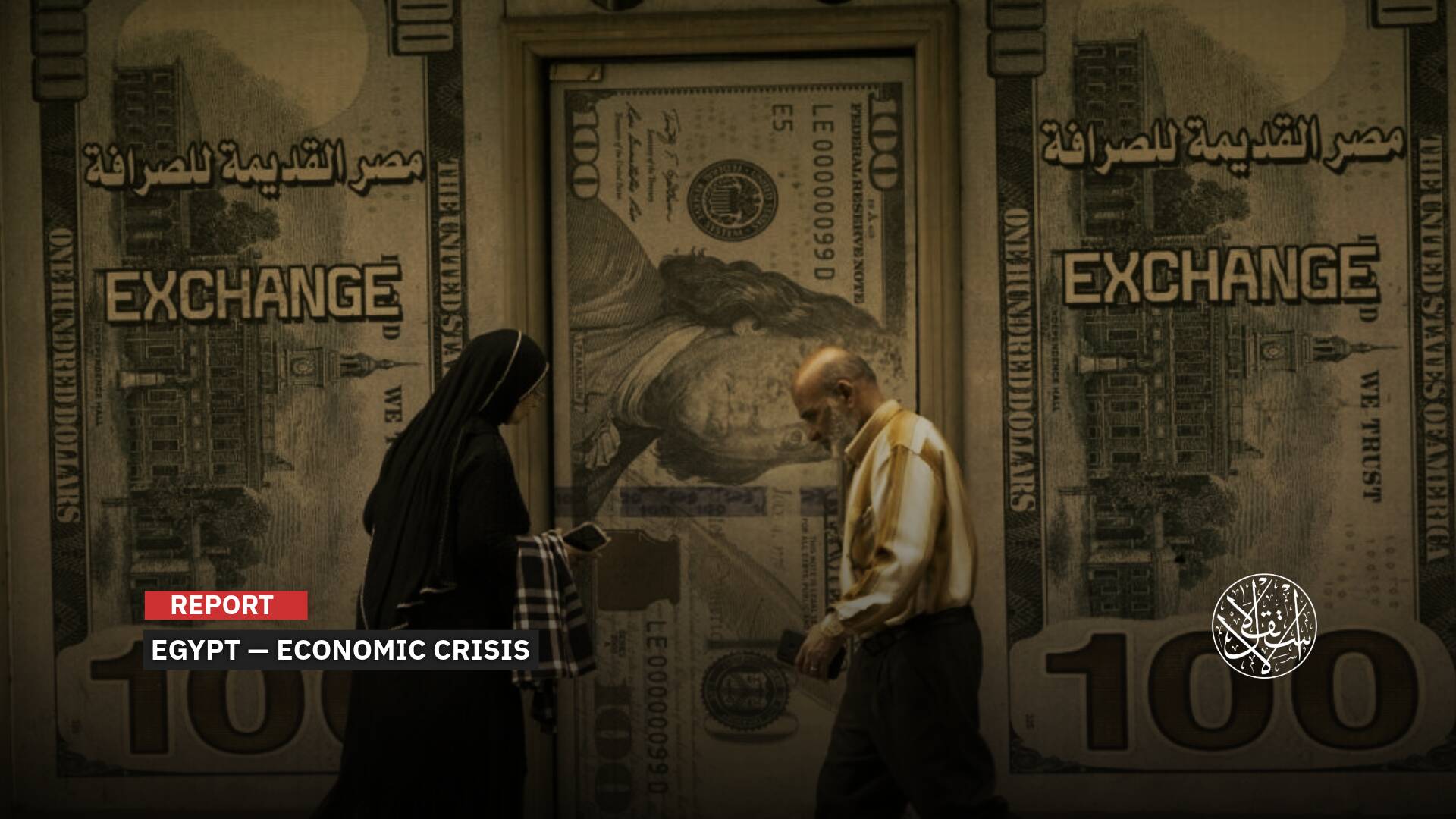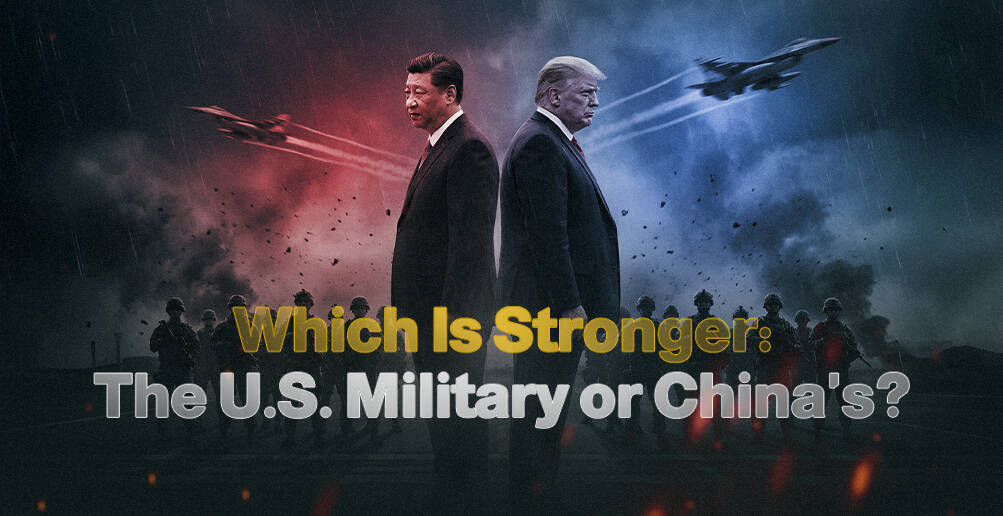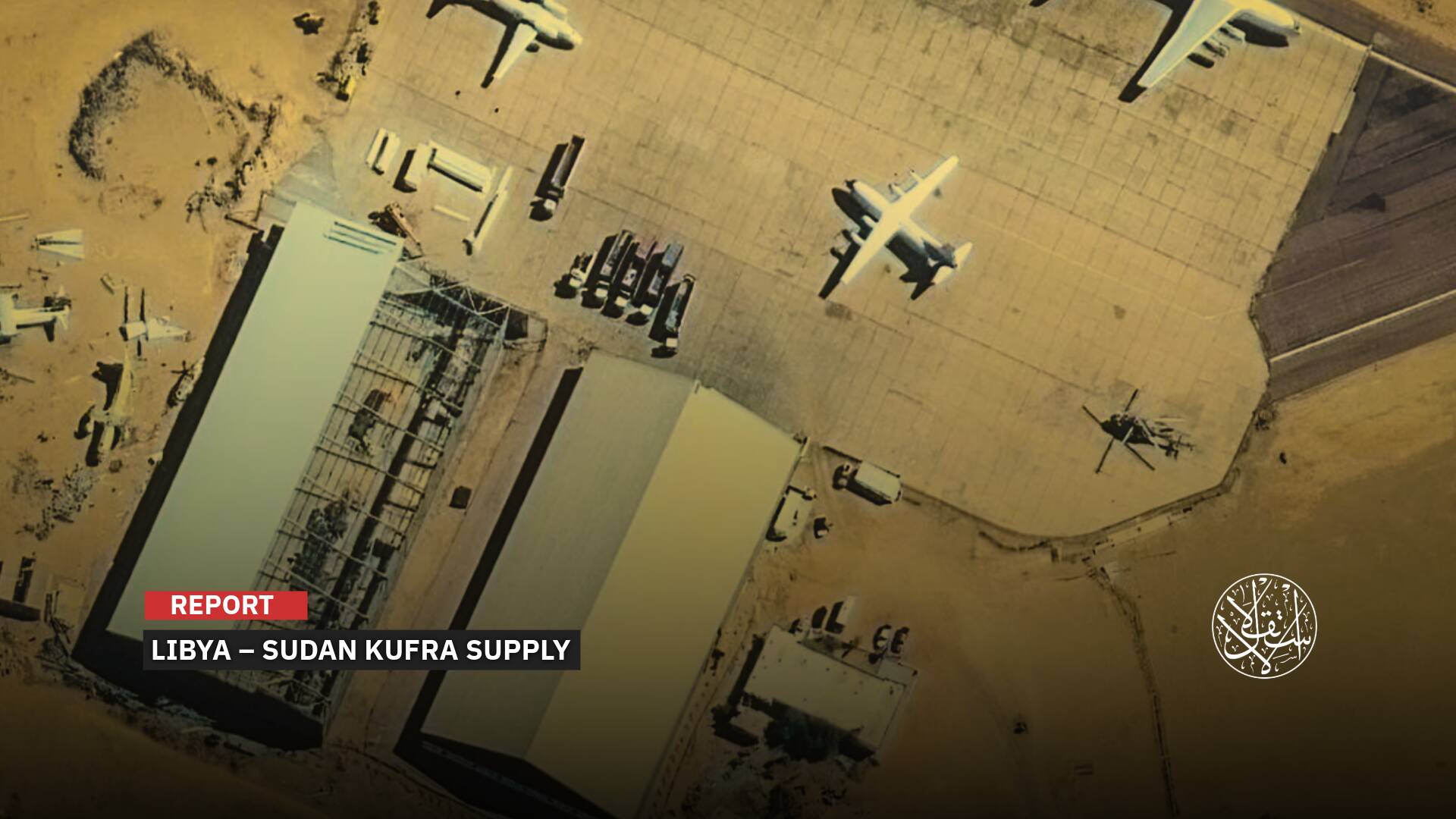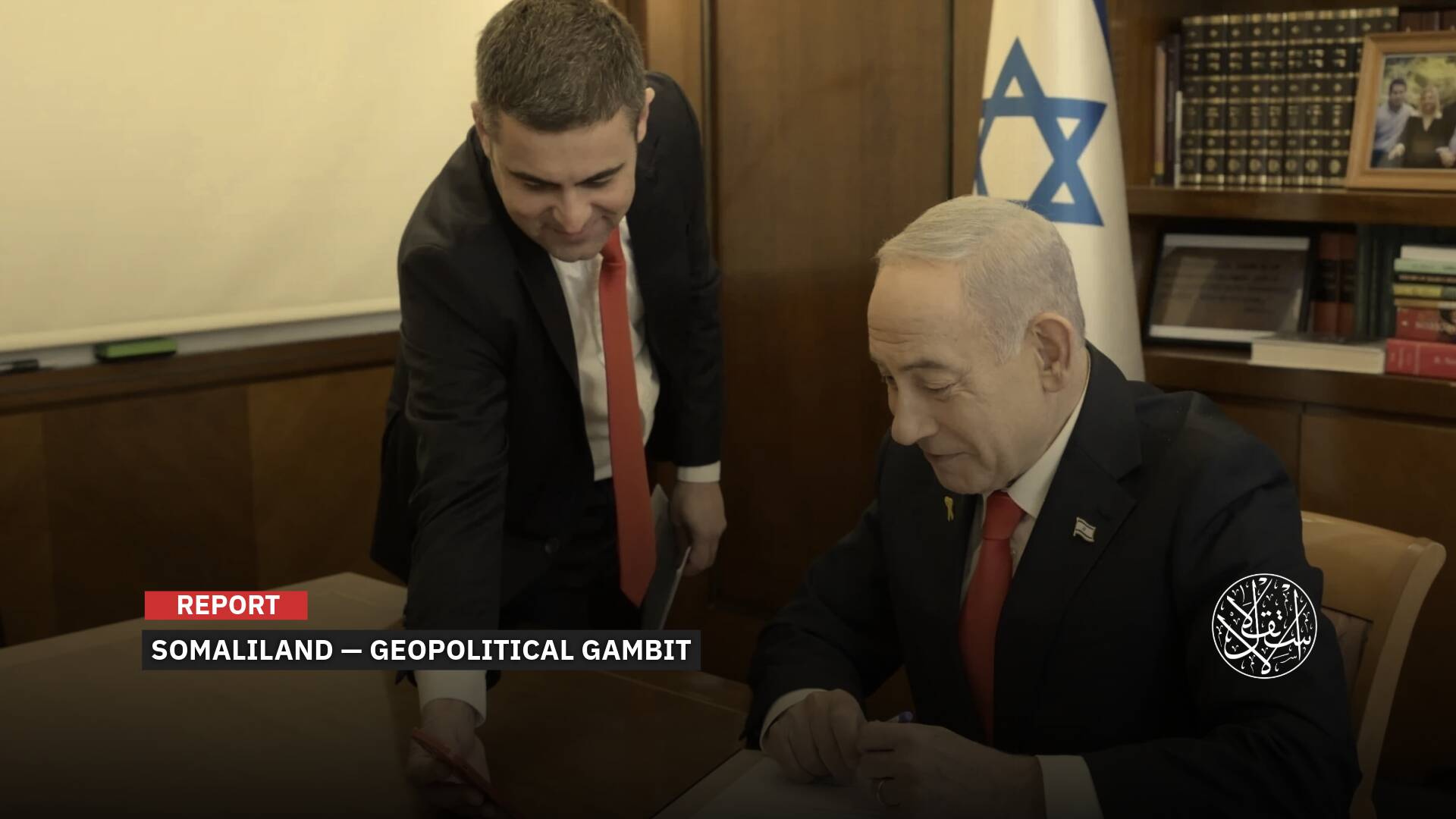Geostrategic Competition: How the United States Seeks to Recover What It Lost With China in Africa

The past months have witnessed an intensification of international interest in the African continent in a way that can be described as a hidden struggle between major and regional powers over the continent’s wealth.
The increasing global trends toward investing in the green economy and the urgent need to diversify supply chains due to the geopolitical changes resulting from the Russian invasion of Ukraine fueled fierce competition between the United States and China to obtain the largest share of Africa’s minerals, which constitutes 33% of the total minerals in the world and is an important part of the clean energy industries today.
According to observers, African countries rich in mineral resources have a great opportunity to benefit from that competition in directing global markets and partnerships in order to achieve real added value from mineral exports away from the current approach based on exporting raw materials.
But both America and China have different strategies. As for America, despite its relative absence over the past five years from the African economic scene, its late return was based on strengthening the supply chains of African minerals that it strongly needs in exchange for pumping direct investments to raise the added value of African mineral products.
As for China, it says that it is pursuing a strategy of investing in the African mining sector in exchange for developing infrastructure and supporting development projects. However, there are widespread accusations of China dumping African countries with huge debts in order to control minerals and natural resources, which Beijing mightily denies.
On the other hand, some estimates questioned the effectiveness of the current U.S. moves to restore its influence in Africa, hinting that Washington had already lost its influence in Africa in favor of China.
African Minerals
The African Mining Indaba Professional Conference 2023, which was hosted by Cape Town in South Africa, was held from February 6 to 9, 2023, with the wide participation of many CEOs of industrial companies in China, the United States, and the Middle East.
The event is the largest mining conference in Africa, which is rich in precious minerals and is remarkably dominated by China.
The conference attracted the largest U.S. delegation ever, including officials from the White House and the Departments of State, Commerce and Energy.
The size of the American presence at the African Mining Conference reflects the United States’ desire to obtain about 50 important minerals that it considers necessary to reduce carbon emissions and create jobs in the clean energy sector, as reported by The Economist magazine on February 28, 2023.
By pledging to do mining differently, America says its global clean energy transition is a huge opportunity for Africa, U.S. Bureau of Energy Resources Special Envoy Amos Hochstein said.
U.S. officials see Africa as helping solve two problems. The first is a global shortage of minerals, which will be necessary if the world is to achieve its climate goals by shifting to clean energy.
As for the second problem, which Africa will solve for the West, it is China’s huge influence on supply chains, as China refines 68% of the world’s nickel, 40% of copper, 59% of lithium, and 73% of cobalt, according to a report released last July by the Brookings Institution, an American think tank.
Nikisi Lesufi, senior executive at the Minerals Council, said constraints in South Africa included logistics, in that most of the minerals for the future were in the Northern Cape, far from the country’s ports. This was exacerbated by inadequate, neglected, and poorly managed rail infrastructure by Transnet.
According to estimates by Nikisi Lesufi, CEO of Bushveld Mining, which operates in more than 10 African countries, Africa leads in global production of seven out of ten minerals essential to the global transition toward a green economy and the production of electric vehicles, including cobalt and lithium.
The United States sees the rare mineral cobalt, which is used in the manufacture of rechargeable lithium-ion batteries used in electric vehicles and is used in the manufacture of many types of electronics, as a warning sign of the danger of its supply shortage and China’s control over it.
In Congo, which is the source of about 70% of global cobalt production, Chinese entities own stakes in 15 out of 19 cobalt-producing mines as of 2020.
“America’s decision to allow a U.S. firm to sell one of Congo’s largest copper-cobalt mines to a Chinese one in 2020 is seen in Washington as an enormous act of stupidity,” The Economist added.
Subsequently, companies in the Congo have received at least $12 billion in loans and other financings from Chinese state-backed enterprises, and are likely to have attracted billions more.

America’s Approach
In the same context, The Economist referred in its report to the three tracks that the United States is currently pursuing in Africa. The first track is a multilateral effort involving Western allies to discover the continent’s minerals.
In June 2022, Antony Blinken, US Secretary of State, launched the Minerals Security Partnership (MSP), which includes 13 members from all G7 countries and the European Union. As these countries look forward to securing more rare minerals for their industries, this US-Western partnership is not limited to projects in Africa.
As for the second track, it includes projects to remove American risks and invest in infrastructure in these African countries through their development agencies, as it did in agriculture or the energy sector, for example, in different places.
In addition to the US Export-Import Bank, which provides trade financing, there is the International Development Finance Corporation (DFC).
Washington is preparing to launch a huge aid package to African countries amounting to $55 billion over the next three years to strengthen its position as the largest donor to Africa, as reported by Voice of America on December 12, 2022.
While the third track of the American plan reveals more active diplomacy in Africa.
The United States was also keen, during the summit it held with heads and representatives of 49 African countries in Washington between December 13-15, 2022, to sign long-term partnership and investment agreements in the field of mining with those countries, in light of intense rivalry with China, which controls a large share of the sector’s investments in the countries of the brown continent.
The African–American Summit also witnessed the signing of many deals between Washington and the countries of the continent as part of the American–African Business Forum, with a total value of about $15 billion.
On the sidelines of the summit and within the framework of steps to remove Chinese companies from Congo, the United States signed in January 2023 with Congo and Zambia, which are among the largest producers of cobalt and copper in Africa, preliminary agreements to invest in mineral resources, which is one of the important successes as seen by U.S. diplomats.
The U.S. government’s Foreign Aid Agency signed its first regional contract with Benin and Niger, with investments estimated at about $500 million, in order to contribute to the construction of new roads and shipping routes in the port of Cotonou, Benin. In addition to the U.S. International Development Finance Corporation’s announcement of investments of about $370 million in other projects on the continent.
As well as the U.S. company KoBold Metals signed an agreement worth $150 million with the Zambian government to invest in the exploration of its copper mines.
The Angolan government signed an agreement with the U.S. companies ABD Group and Acrow Bridge to build about 186 bridges covering all regions in Angola, at a value of $371 million.
In addition, other companies, such as General Electric, Standard Bank, Visa, Cisco Systems, Cybastion, and other U.S. companies, have signed new contracts to invest in Africa.
Washington was not satisfied with that trade limit, as it announced during the same summit that it would work to establish a common market for the African continent with a trade exchange volume of about $3.5 trillion.
In addition to the American talk, President Biden expressed the allotment of a permanent seat for the African continent in the U.N. Security Council, hoping to win the favor of the African deserts, which have become a strategic reserve for the world in the future of renewable energy.

Chinese Endeavors
On the other side, over the past two decades, China has sought to establish itself in the lucrative African minerals sector, taking advantage of the U.S. and European failures and retreating in more than one country and more than one field.
However, the Chinese strategy, which is based on plunging African countries into debt in return for controlling their mineral resources, has brought Beijing widespread criticism.
In the midst of the concerns raised by a U.N. report indicating that the debts of African countries have reached more than $1 trillion, with estimates that more than 15% of them originate from China, controversy has increased over China’s strategy related to investment in the energy sector.
China already controls a large part of the mineral resources in Africa through giant companies such as the Zijin company, which is one of the largest mining groups in the world and has huge activities in the field of producing lithium, copper, and other minerals in a number of African countries.
The United States views Chinese moves in Africa as a threat to U.S. interests there, especially in light of China’s transition into Africa’s largest trading partner, with about $254 billion in 2021, as well as the largest lender to the continent.
According to Statista’s research expert, Julia Faria, the value of Chinese exports to African countries has jumped from $5 billion to $110 billion.
China has held the Forum on China–Africa Cooperation every three years since 2000, which is widely seen as an important way to advance China’s diplomatic and trade interests.
China actively participated in the eighth session of the Forum on China–Africa Cooperation, which was held in Dakar, Senegal, in November 2022.
Congressional Research Service data revealed that in 2020 alone, China concluded agreements worth $735 billion with 623 companies.
The value of 800 trade and investment deals concluded by China with 45 African countries amounted to more than $50 billion in 2021, while the United States invested $22 billion in only 80 companies in Africa during the same period.
On the other hand, U.S. officials have expressed concern about China’s military activities in Africa.
In 2017, China completed its first overseas military base in Djibouti. There have also been reports of China’s aspiration to build naval bases on the Atlantic coast of Africa, including in Equatorial Guinea.

In turn, Ibrahim Saleh, a researcher in African affairs, believes in a statement to Al-Estiklal that “the year 2023 may be the most intense year in the international conflict over Africa, especially with the direct moves and public actions taken by the major powers toward African countries.”
He notes that “in light of the international rivalry, the countries of the continent have become able to protect their treasures and resources more than before, especially since there are many options and alternatives for Africans, and they can put pressure on the United States through China.”
China precedes everyone in Africa due to its presence for many years and its focus on the economic aspect, far from any political agendas, Mr. Saleh said.
At the same time, it seems that the conflict will intensify during the coming period with the entry of the United States and the adjustment of its strategies toward Africa, especially after the American–African summit, according to the researcher.
It is noteworthy that Africa has become increasingly important at the global level, especially since the area of the brown continent is larger than the area of the United States, China, India, Japan, and most of Europe combined.
Sources
- How America plans to break China’s grip on African minerals
- US, China Compete for Africa's Rare Earth Minerals
- 10 Things to Know about the U.S.-China Rivalry in Africa
- How Committed Is US to Africa? $55B Worth, White House Says
- US-China Struggle for DR Congo Resources Intensifies
- What happened at the US-Africa Leaders Summit?
- Africa-China relations - statistics & facts [Study]






